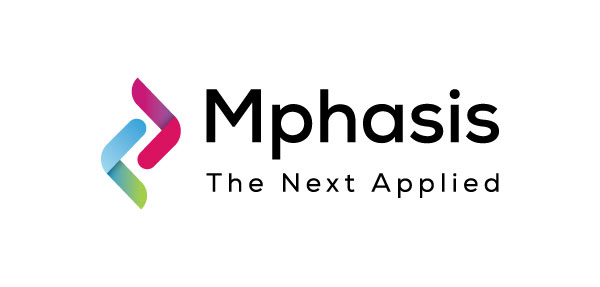
How Does Problem Solving Contribute To A Student’s Success?
Problem-solving has always been a vital skill that helps people make quick and bold decisions. However, did you know that these skills are only a few of those that make a person a wonderful go-getter? In this internet era, problem-solving has become a necessity. And it is the very reason why some of the CBSE Schools in Chennai, including Babaji Vidhyashram School emphasize incorporating problem-solving skills from elementary classes.
Although kids develop problem-solving skills at a different pace, they equip them with the confidence to resolve conflicts and cope with setbacks. This article delves deep into the importance of having these skills and also gives you six amazing ways to develop problem-solving abilities in elementary kids.
Benefits Of Developing Problem-Solving Skills In Elementary School Students
Beyond making kids excel in academic, problem-solving qualities are imperative to build confidence and prepare them for the future. It is much easier to achieve with a collaborative classroom environment, which is why international schools in Chennai like International Village School make problem-solving an integral part of their curriculum. Several educational experts believe that problem-solving skills are vital for school students for three reasons:
Improves academic performance: Problem-solving skills play a crucial role in educating children on the skill of discernment. Good problem solvers are also confident and can handle any challenge with grit. A classroom makes a perfect space for kids to collaborate and solve problems together. Often, students who practice this skill together will solve a problem tactfully. They will have a deeper understanding of the causes and effects of a problem.
Builds confidence: Solving problems on their own teaches kids resilience and equips them to take calculated risks. Kids who solve problems independently will grow up to be confident adults. Having the ability to solve problems also makes them more socially and situationally aware.
Makes them career-ready: Problem-solving abilities help kids become more motivated, innovative, and curious. As employers emphasize hiring creative and problem-solvers, developing such skills is a must in classrooms. STEM programs are the best examples of this emerging trend in schools.
Children are better at solving problems critically in classrooms than in other settings. Educators can also use this opportunity to teach students to make quick and appropriate decisions when faced with complex problems and stressful situations. The following section outlines six exciting problem-solving activities used in some of the best private schools in Chennai.
6 Ways To Build Problem-Solving Skills In Elementary School Students
Fostering ‘out-of-box thinking’ with props
Visualizing problems can help kids better understand them. This approach is often considered to be effective. Introduce your students to a few commonly used items such as a cap, a pen, or a scarf. Ask them to imagine these things being used for other purposes besides their common ones. Children can either visualize this on paper or demonstrate their innovative use before other students.
Planning, analysis, and projection are all part of the above activity, which is a great way to foster innovative thinking. It will encourage kids to see things from a different perspective.
Using manipulatives
Using manipulatives is ideal for figuring out problems, especially when they have to do with space or quantity. Kids can move around desks or blocks and create patterns to visualize problems better. This technique is effective for solving complex word problems.
The guessing game
This trial-and-error technique effectively encourages kids who are unlikely to take action to ponder. To conduct this activity, you must present a problem to the students. Every child or group of children should be given enough time to ponder the problem and come up with more than one solution. Though the activity involves a great deal of guessing, it encourages children to look at problems differently.
Brainstorming
Brainstorming is a collaborative approach to solving problems. Ask students to provide solutions to resolve a conflict (use historical examples) or to suggest a different conclusion for a particular event. Allow kids to share their opinions based on their understanding. Encourage them to make a list of ideas. They must be encouraged to workout their list and choose the best option.
Impromptu problem solving
Impromptu problem-solving activities are a great way to instill morality and build good character in kids. This activity may require a bowl or basket to be kept in the classroom where the students write a real-life problem (losing pocket money or using a cellphone without permission). Encourage students to come and pick up a note. Based on their understanding, the kids should be encouraged to give an impromptu solution to the problem. This activity can help them develop a good sense of right and wrong.
Deciphering a pattern
Almost every problem or situation has a pattern. This activity encourages kids to find patterns. Provide kids with a context and encourage them to look for patterns. For example, if the context is a mystery, encourage kids to identify patterns among people, times, or places.
Key Takeaway
Solving problems is a great way to improve cognition in kids and prepare them for the future. Make the most of the various activities listed above, and be prepared to be amazed by your students’ brilliant ideas!
";

.jpg)